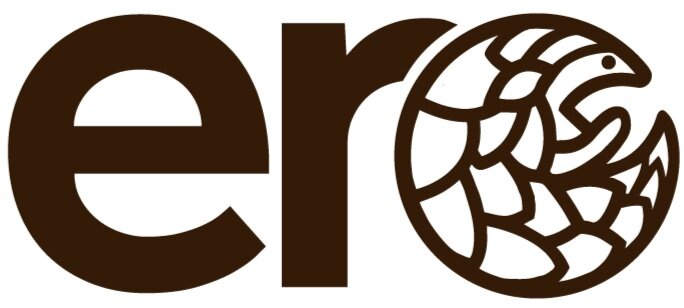Pangolin scales are not essential to Traditional Chinese Medicine, say experts
Illegal pangolin scales being sold at a traditional Chinese medicine shop in China. Photo by: Karen Zhang and Xu Jiaming.
By Claire Anthony
Most traditional Chinese medicines do not contain animal products.
Those that do can often be replaced by alternative herbs and minerals that have similar medicinal outcomes.
China has removed pangolin scales from its list of approved TCM ingredients in its 2020 TCM pharmacopoeia, but they remain included in officially approved TCM recipes.
Tough law enforcement needs to be met with comprehensive national efforts to change consumer behaviour, in order to protect critically endangered pangolins.
Pangolin scales are no longer needed in traditional Chinese medicine (TCM), as TCM doctrines offer many herbal substitutes, says Dr Kong Why Hong, a practitioner in Malaysia.
“There are alternatives to using pangolin scales – pigs trotters, for example, have been shown to have a similar healing effect on the body,” he said. He also mentioned that the use of pangolin scales has become widespread only over the past century, rather than it being an ancient practice.
TCM doctrines prescribe pangolin scales for a variety of treatments, including to improve lactation and reduce swelling. This has led to a huge demand for the scales in China, where TCM is widely practised, which in turn has led to widespread poaching and trafficking of pangolins from range countries in Asia and Africa.
Dr Kong added that Malaysian law prohibits the trade of pangolins and its derivatives, and hence he has never used them in his TCM practice.
Dr Kong was speaking at an online discussion titled “Traditional Chinese Medicine and the demand for endangered wildlife”. The discussion included journalists Xu Jiaming and Karen Zhang, as well as Chris Hamley from the Environmental Investigation Agency (EIA). The discussion was moderated by R.AGE editor Ian Yee, and was attended by around 80 members of the public.
Watch the full discussion:
Jiaming, who went undercover to report on the pangolin trade last year said there are active pangolin smuggling routes running from Vietnam to China, and that in Myanmar, pangolins were being traded openly.
Fellow journalist Karen shared that massive seizures of pangolin scales continue to make headlines, citing seizures amounting to more than 24 tonnes in Singapore last year – the equivalent of around 38,000 pangolins.
She shared that as Asian pangolin species became critically endangered around 10 years ago, smugglers started sourcing pangolin scales from Africa, smuggling them through trade routes that include Hong Kong, Singapore and South Korea, among others.
“In West Africa, local people would eat pangolins as bushmeat traditionally and discarded the pangolin scales” she said, “but when smugglers came to source the scales, it drove up the value.”
In a move that excited conservationists and could have disrupted this demand, China removed raw pangolin scales from its list of approved ingredients in its 2020 TCM pharmacopeia. However, Chris shared that TCM recipes within the pharmacopoeia still listed pangolin scales as ingredients.
“This government endorsement legitimises use of globally threatened species and stimulates demand for them,” he said.
“To end the trade, the government needs to close the domestic market completely,” he said. ”That would include removing medicines containing pangolin scales from government insurance schemes and destroying national stockpiles.”
China has a legal market for pangolin scales, sourced from an opaque national stockpile system. All the experts agreed that stopping the trade requires not just tighter laws and stronger enforcement, but a change in consumer behaviour.
“It seems to me that there are large pharmaceutical companies that are making a lot of profit from legally selling scales in China,” said Karen, “but I am optimistic as I also see that the younger generation are more aware of the need to protect wildlife species.”
The discussion was the last of a four-part interactive discussion series presented by the Environmental Reporting Collective. To read about the previous sessions, click the links below:
Episode 1: Celebrating Malaysia’s first captive-born pangolin
Episode 2: Can pangolin farming curb its illegal trade?
Episode 3: Indigenous people and wildlife conservation
If you want to replicate or would like to support our work, get in touch by email.

